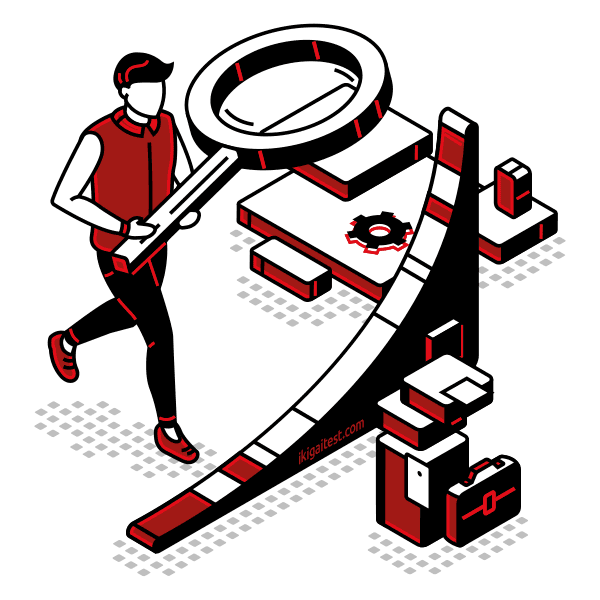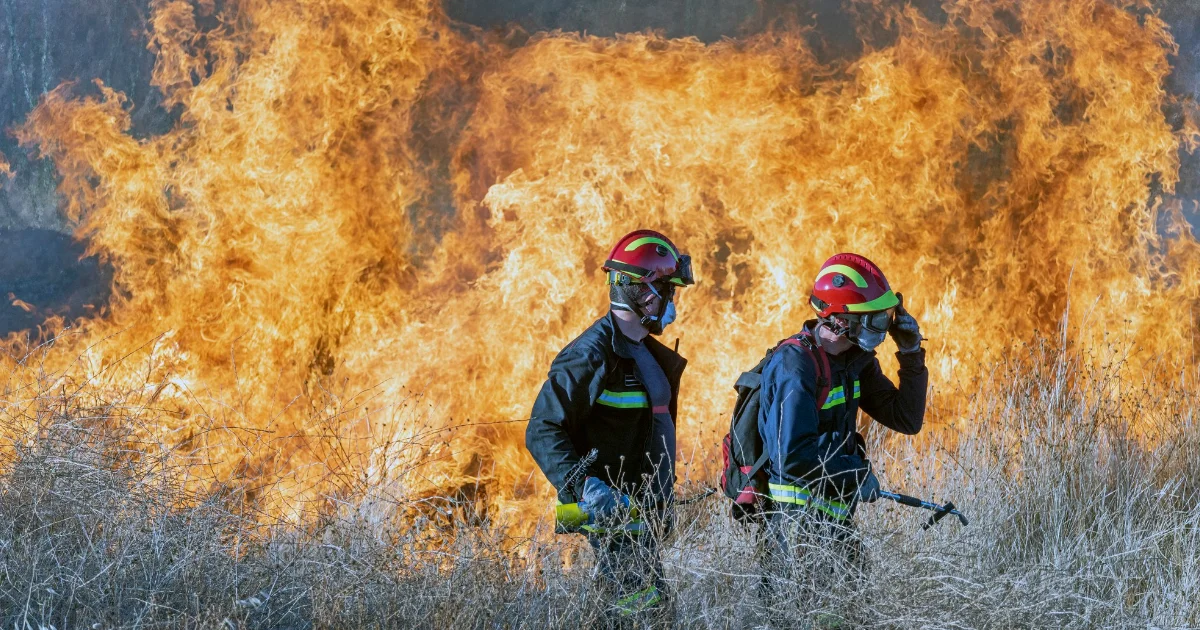Inspector

Inspectors should be great at:
- Estimating sizes, distances, and quantities; or determining time, costs, resources, or materials needed to perform a work activity.
- Observing, receiving, and otherwise obtaining information from all relevant sources.
- Identifying information by categorizing, estimating, recognizing differences or similarities, and detecting changes in circumstances or events.
- Inspecting equipment, structures, or materials to identify the cause of errors or other problems or defects.
Mediator

Mediators should be capable of:
- Providing personal assistance, medical attention, emotional support, or other personal care to others such as coworkers, customers, or patients.
- Developing constructive and cooperative working relationships with others, and maintaining them over time.
- Performing for people or dealing directly with the public. This includes serving customers in restaurants and stores, and receiving clients or guests.
- Handling complaints, settling disputes, and resolving grievances and conflicts, or otherwise negotiating with others.
Other work activities related to Forest fire inspectors and prevention specialists
- Relaying messages about emergencies, accidents, locations of crew and personnel, and fire hazard conditions.
- Directing crews working on firelines during forest fires.
- Estimating sizes and characteristics of fires, and reporting findings to base camps by radio or telephone.
- Administering regulations regarding sanitation, fire prevention, violation corrections, and related forest regulations.
- Extinguishing smaller fires with portable extinguishers, shovels, and axes.
- Locating forest fires on area maps, using azimuth sighters and known landmarks.
- Maintaining records and logbooks.
- Examining and inventory firefighting equipment, such as axes, fire hoses, shovels, pumps, buckets, and fire extinguishers, for determining amounts and conditions.
- Directing maintenance and repairing of firefighting equipment, or requisitioning new equipment.
- Restricting public access and recreational using of forest lands during critical fire seasons.
- Patrolling assigned areas, looking for forest fires, hazardous conditions, and weather phenomena.







